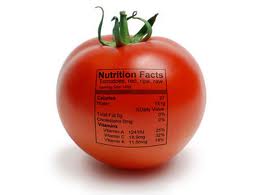Takeaways are often cheap, convenient and satisfying but, unfortunately, they are not always very healthy. Here are some tips on foods to avoid and healthier options when ordering your favourite takeaway.
Fish and chips
- Try to avoid: thin-cut chips, pies such as cheese and onion pie or steak and kidney pie, jumbo sausage.
- Healthier options: fish coated in breadcrumbs, mushy peas, thicker-cut chips without salt.
Italian
- Try to avoid: large deep-pan pizzas, pizzas with the crust stuffed with cheese, triple cheese with pepperoni pizzas, creamy pasta sauces, garlic bread.
- Healthier options: small or medium pizza with a thin base and vegetable or lean meat topping, tomato-based pasta sauces, bruschetta.
Chinese
- Try to avoid: sweet and sour battered pork balls with special or egg fried rice, prawn toast, spring rolls.
- Healthier options: crab and corn soup, steamed dumplings, steamed vegetables and plain boiled rice, steamed fish, chicken chop suey, Szechuan prawns.
Thai
- Try to avoid: fried rice, fish cakes, spring rolls, prawn crackers, satay skewers with peanut sauce and sweet and sour dishes.
- Healthier options: clear soups such as tom yum, salads, stir-fried meat, fish or vegetable dishes, steamed seafood dishes, such as fish or mussels.
Indian
- Try to avoid: any creamy curries such as korma, passanda or masala with pilau rice, naan, bhajis, pakoras and poppadoms.
- Healthier options: tandoori or madras with chicken, prawns or vegetables, plain rice and chapatti.
Kebab and burgers
- Try to avoid: large doner kebab with mayonnaise and no salad, burgers with cheese and mayonnaise, thin-cut chips, chicken or fish patties deep fried in batter.
- Healthier options: shish kebab with pitta bread and salad, grilled burgers made from lean fish or meat (beef or whole chicken breast) and without cheese and mayonnaise.


